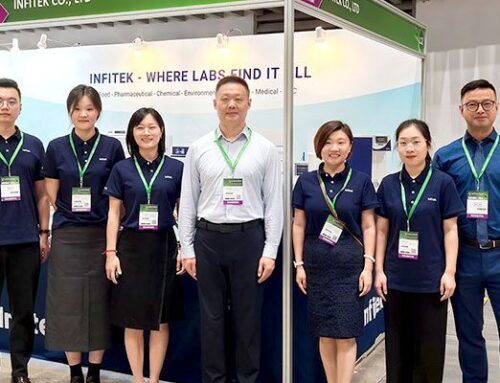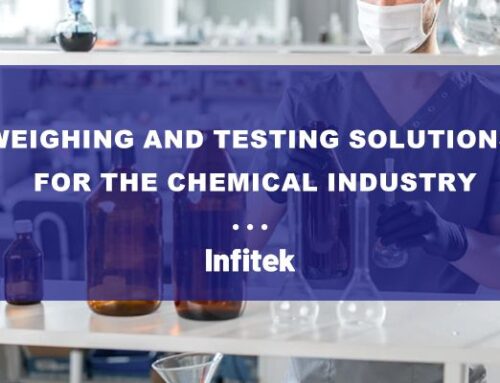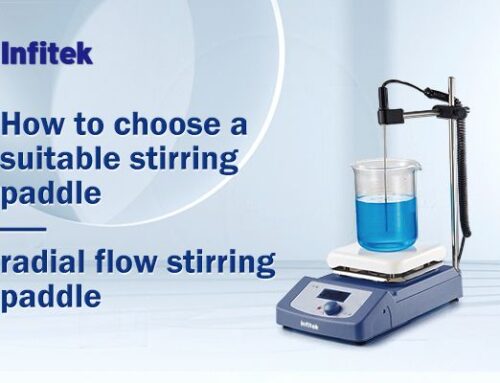Biosafety cabinets – or BSCs, for short – are the equipment used in a laboratory for handling and working with hazardous biological substances. For reasons of sterilisation and containment, it’s vital that biosafety cabinets are decontaminated thoroughly and responsibility.
In most hospitals, medical institutions and research facilities, it will be sufficient to decontaminate a BSC once or twice during its entire lifetime. However, there are certain situations and circumstances where more regular decontamination should take place. In a pharmaceutical lab, for example, BSC decontamination may occur as frequently as every week.
Why should a BSC be decontaminated?
Although the exact circumstances of a laboratory will determine when and how often a BSC should be decontaminated, there are five basic reasons why it should be carried out. These consist of:
1. Prior to any operation or experiment which requires access to areas of the BSC (such as the fan or filters) which may have become biologically compromised
2. Prior to the relocation of a BSC from one room or building to another, in order to avoid contaminating the external environment during the transition
3. After the accidental spillage of a potentially hazardous substance or microorganism in the vicinity of the BSC working area
4. If a different biological substance is being used inside the BSC or if operational procedures undergo a fundamental change
5. As part of a routine decontamination protocol
Of course, it’s always important to ensure that all decontamination protocols are adhered to throughout the operation, since decontamination without monitoring is like shooting in the dark. Only through proper oversight can the team carrying out the decontamination effort be assured that it has been completed successfully.
How to decontaminate a BSC?
There are several different methods of decontaminating a BSC effectively, all of which utilise a chemical disinfectant in a gaseous form. This is due to the fact that the disinfectant must be able to pass through a HEPA filter and effectively decontaminate both internal and external surfaces. The main chemicals used to decontaminate a BSC are:
Formaldehyde. This is the most common method of decontamination, given that it has proven efficacy in reaching a 6-log reduction via biological indicators. However, it is carcinogenic and has been banned for use in Europe since 2016.
Hydrogen peroxide. Hydrogen peroxide works by disseminating hydroxyl free radicals capable of attacking offending cell components. It’s easy to use, fast acting and is effective against a wide range of microorganisms, though it can adversely affect some materials over prolonged use.
Chlorine dioxide. As a non-carcinogenic and non-flammable gas capable of easily passing through HEPA filters, chlorine dioxide is a popular choice which does not leave residues. However, it is highly toxic (so the room must be evacuated while in use) and can corrode some materials, which it why it has a very low exposure limit.
Most BSC manufacturers will provide the appropriate equipment to create an airtight seal when conducting the decontamination process, but if none are readily available, the same effect can be achieved with plastic film and sealing tape.




Get Social